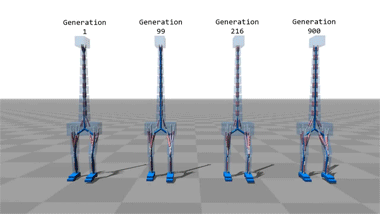Jupyterjones - Productivity Please !!!

More Posts from Jupyterjones and Others
People think coding / debugging means highly concentrated furious typing, but mostly it’s just angrily staring at the screen for long periods of time waiting for the problem to solve itself
Permutations
Figuring out how to arrange things is pretty important.
Like, if we have the letters {A,B,C}, the six ways to arrange them are: ABC ACB BAC BCA CAB CBA
And we can say more interesting things about them (e.g. Combinatorics) another great extension is when we get dynamic
Like, if we go from ABC to ACB, and back…

We can abstract away from needing to use individual letters, and say these are both “switching the 2nd and 3rd elements,” and it is the same thing both times.
Each of these switches can be more complicated than that, like going from ABCDE to EDACB is really just 1->3->4->2->5->1, and we can do it 5 times and cycle back to the start

We can also have two switches happening at once, like 1->2->3->1 and 4->5->4, and this cycles through 6 times to get to the start.

Then, let’s extend this a bit further.
First, let’s first get a better notation, and use (1 2 3) for what I called 1->2->3->1 before.
Let’s show how we can turn these permutations into a group.
Then, let’s say the identity is just keeping things the same, and call it id.
And, this repeating thing can be extended into making the group combiner: doing one permutation and then the other. For various historical reasons, the combination of permutation A and then permutation B is B·A.
This is closed, because permuting all the things and then permuting them again still keeps 1 of all the elements in an order.
Inverses exist, because you just need to put everything from the new position into the old position to reverse it.
Associativity will be left as an exercise to the reader (read: I don’t want to prove it)
New Research Heading to Earth’s Orbiting Laboratory
It’s a bird! It’s a plane! It’s a…dragon? A SpaceX Dragon spacecraft is set to launch into orbit atop the Falcon 9 rocket toward the International Space Station for its 12th commercial resupply (CRS-12) mission August 14 from our Kennedy Space Center in Florida.

It won’t breathe fire, but it will carry science that studies cosmic rays, protein crystal growth, bioengineered lung tissue.

Here are some highlights of research that will be delivered:
I scream, you scream, we all scream for ISS-CREAM!
Cosmic Rays, Energetics and Mass, that is! Cosmic rays reach Earth from far outside the solar system with energies well beyond what man-made accelerators can achieve. The Cosmic Ray Energetics and Mass (ISS-CREAM) instrument measures the charges of cosmic rays ranging from hydrogen to iron nuclei. Cosmic rays are pieces of atoms that move through space at nearly the speed of light

The data collected from the instrument will help address fundamental science questions such as:
Do supernovae supply the bulk of cosmic rays?
What is the history of cosmic rays in the galaxy?
Can the energy spectra of cosmic rays result from a single mechanism?
ISS-CREAM’s three-year mission will help the scientific community to build a stronger understanding of the fundamental structure of the universe.
Space-grown crystals aid in understanding of Parkinson’s disease
The microgravity environment of the space station allows protein crystals to grow larger and in more perfect shapes than earth-grown crystals, allowing them to be better analyzed on Earth.

Developed by the Michael J. Fox Foundation, Anatrace and Com-Pac International, the Crystallization of Leucine-rich repeat kinase 2 (LRRK2) under Microgravity Conditions (CASIS PCG 7) investigation will utilize the orbiting laboratory’s microgravity environment to grow larger versions of this important protein, implicated in Parkinson’s disease.

Defining the exact shape and morphology of LRRK2 would help scientists to better understand the pathology of Parkinson’s and could aid in the development of therapies against this target.
Mice Help Us Keep an Eye on Long-term Health Impacts of Spaceflight
Our eyes have a whole network of blood vessels, like the ones in the image below, in the retina—the back part of the eye that transforms light into information for your brain. We are sending mice to the space station (RR-9) to study how the fluids that move through these vessels shift their flow in microgravity, which can lead to impaired vision in astronauts.

By looking at how spaceflight affects not only the eyes, but other parts of the body such as joints, like hips and knees, in mice over a short period of time, we can develop countermeasures to protect astronauts over longer periods of space exploration, and help humans with visual impairments or arthritis on Earth.
Telescope-hosting nanosatellite tests new concept
The Kestrel Eye (NanoRacks-KE IIM) investigation is a microsatellite carrying an optical imaging system payload, including an off-the-shelf telescope. This investigation validates the concept of using microsatellites in low-Earth orbit to support critical operations, such as providing lower-cost Earth imagery in time-sensitive situations, such as tracking severe weather and detecting natural disasters.

Sponsored by the ISS National Laboratory, the overall mission goal for this investigation is to demonstrate that small satellites are viable platforms for providing critical path support to operations and hosting advanced payloads.
Growth of lung tissue in space could provide information about diseases
The Effect of Microgravity on Stem Cell Mediated Recellularization (Lung Tissue) uses the microgravity environment of space to test strategies for growing new lung tissue. The cells are grown in a specialized framework that supplies them with critical growth factors so that scientists can observe how gravity affects growth and specialization as cells become new lung tissue.

The goal of this investigation is to produce bioengineered human lung tissue that can be used as a predictive model of human responses allowing for the study of lung development, lung physiology or disease pathology.
These crazy-cool investigations and others launching aboard the next SpaceX #Dragon cargo spacecraft on August 14. They will join many other investigations currently happening aboard the space station. Follow @ISS_Research on Twitter for more information about the science happening on 250 miles above Earth on the space station.
Watch the launch live HERE starting at 12:20 p.m. EDT on Monday, Aug. 14!
Make sure to follow us on Tumblr for your regular dose of space: http://nasa.tumblr.com
We Need Your Help to Find STEVE
Glowing in mostly purple and green colors, a newly discovered celestial phenomenon is sparking the interest of scientists, photographers and astronauts. The display was initially discovered by a group of citizen scientists who took pictures of the unusual lights and playfully named them “Steve.”
When scientists got involved and learned more about these purples and greens, they wanted to keep the name as an homage to its initial name and citizen science discoverers. Now it is STEVE, short for Strong Thermal Emission Velocity Enhancement.

Credit: ©Megan Hoffman
STEVE occurs closer to the equator than where most aurora appear – for example, Southern Canada – in areas known as the sub-auroral zone. Because auroral activity in this zone is not well researched, studying STEVE will help scientists learn about the chemical and physical processes going on there. This helps us paint a better picture of how Earth’s magnetic fields function and interact with charged particles in space. Ultimately, scientists can use this information to better understand the space weather near Earth, which can interfere with satellites and communications signals.

Want to become a citizen scientist and help us learn more about STEVE? You can submit your photos to a citizen science project called Aurorasaurus, funded by NASA and the National Science Foundation. Aurorasaurus tracks appearances of auroras – and now STEVE – around the world through reports and photographs submitted via a mobile app and on aurorasaurus.org.
Here are six tips from what we have learned so far to help you spot STEVE:
1. STEVE is a very narrow arc, aligned East-West, and extends for hundreds or thousands of miles.

Credit: ©Megan Hoffman
2. STEVE mostly emits light in purple hues. Sometimes the phenomenon is accompanied by a short-lived, rapidly evolving green picket fence structure (example below).

Credit: ©Megan Hoffman
3. STEVE can last 20 minutes to an hour.
4. STEVE appears closer to the equator than where normal – often green – auroras appear. It appears approximately 5-10° further south in the Northern hemisphere. This means it could appear overhead at latitudes similar to Calgary, Canada. The phenomenon has been reported from the United Kingdom, Canada, Alaska, northern US states, and New Zealand.

5. STEVE has only been spotted so far in the presence of an aurora (but auroras often occur without STEVE). Scientists are investigating to learn more about how the two phenomena are connected.
6. STEVE may only appear in certain seasons. It was not observed from October 2016 to February 2017. It also was not seen from October 2017 to February 2018.

Credit: ©Megan Hoffman
STEVE (and aurora) sightings can be reported at www.aurorasaurus.org or with the Aurorasaurus free mobile apps on Android and iOS. Anyone can sign up, receive alerts, and submit reports for free.
Make sure to follow us on Tumblr for your regular dose of space: http://nasa.tumblr.com.


Six stages of debugging

Interesting submission rk1232! Thanks for the heads up! :D :D



Geometry and Divnity
Omnipresence
The Point
Divinity is present in every aspect of natural order and causality dimensions. It is part of the material world through various holistic and messianic incarnations, being at the same time a component of human thought and action. This kind of omnipresence is logical possible through the classical definition of a geometrical point, that is part of the entire space but does not occupy any of it.
Trinity
The Borromean Rings
While distinct and at the same time considered to be one in all else, the Three Divine Persons are sometimes represented by the Borromean Rings: no two of the three rings are linked with each other,but nonetheless all three are linked.
Divinity
Harmonic Proportion
The harmonic state of an element is associated with beauty, given by the equilibrium of its components. Nature is being perceived as beautiful, and its creator as good - inevitable and inherently in harmony with its creation.
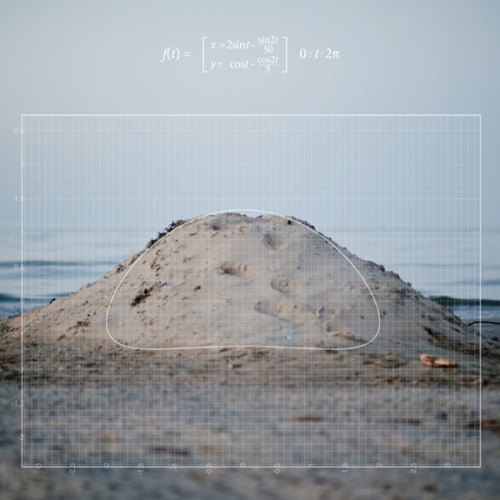
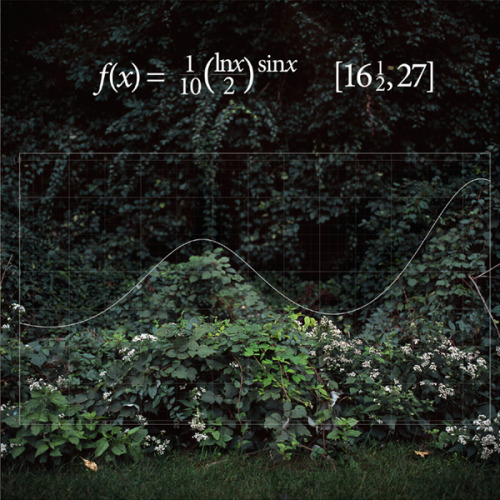
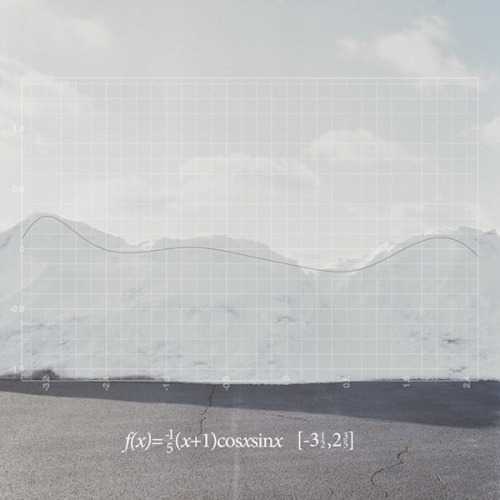
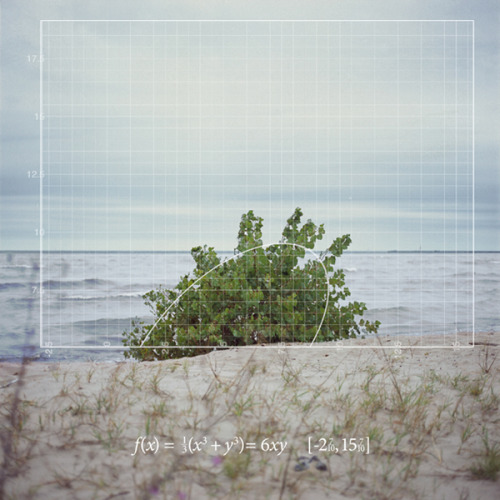
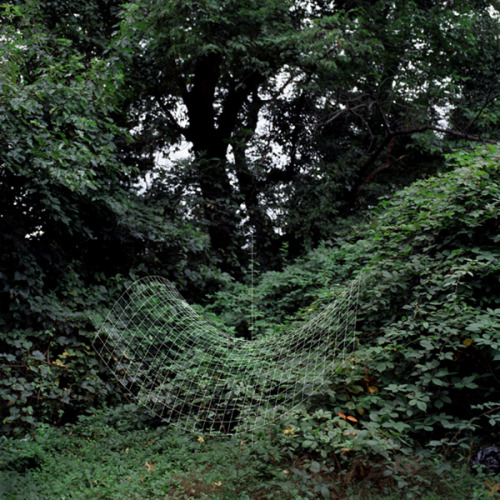
-
 raghadfs reblogged this · 7 years ago
raghadfs reblogged this · 7 years ago -
 anaestheticsz liked this · 7 years ago
anaestheticsz liked this · 7 years ago -
 himac-the-man liked this · 7 years ago
himac-the-man liked this · 7 years ago -
 delrender liked this · 7 years ago
delrender liked this · 7 years ago -
 spooky-paranormal-blog liked this · 7 years ago
spooky-paranormal-blog liked this · 7 years ago -
 yassemshalabi liked this · 7 years ago
yassemshalabi liked this · 7 years ago -
 jupyterjones reblogged this · 7 years ago
jupyterjones reblogged this · 7 years ago -
 alessiocesarettiphotography reblogged this · 7 years ago
alessiocesarettiphotography reblogged this · 7 years ago -
 alessiocesarettiphotography liked this · 7 years ago
alessiocesarettiphotography liked this · 7 years ago -
 bob-normal-blog liked this · 8 years ago
bob-normal-blog liked this · 8 years ago -
 cynpai liked this · 8 years ago
cynpai liked this · 8 years ago -
 frances048 reblogged this · 8 years ago
frances048 reblogged this · 8 years ago -
 the-wayward-shadowhunter liked this · 8 years ago
the-wayward-shadowhunter liked this · 8 years ago -
 mimirythm reblogged this · 8 years ago
mimirythm reblogged this · 8 years ago -
 flying-press liked this · 8 years ago
flying-press liked this · 8 years ago -
 frances048 liked this · 8 years ago
frances048 liked this · 8 years ago -
 princefalafel reblogged this · 8 years ago
princefalafel reblogged this · 8 years ago -
 princefalafel liked this · 8 years ago
princefalafel liked this · 8 years ago -
 stonehoe reblogged this · 8 years ago
stonehoe reblogged this · 8 years ago -
 sparkling-sloth reblogged this · 8 years ago
sparkling-sloth reblogged this · 8 years ago -
 sparkling-sloth liked this · 8 years ago
sparkling-sloth liked this · 8 years ago -
 iicraft505 liked this · 8 years ago
iicraft505 liked this · 8 years ago -
 rightchoiceharbor reblogged this · 8 years ago
rightchoiceharbor reblogged this · 8 years ago -
 justahumankitten liked this · 8 years ago
justahumankitten liked this · 8 years ago -
 games-gains-blog reblogged this · 8 years ago
games-gains-blog reblogged this · 8 years ago -
 games-gains-blog liked this · 8 years ago
games-gains-blog liked this · 8 years ago -
 joniluvswinty-blog liked this · 8 years ago
joniluvswinty-blog liked this · 8 years ago -
 puppypilled-sheep-wife liked this · 8 years ago
puppypilled-sheep-wife liked this · 8 years ago -
 freedominfantasy liked this · 8 years ago
freedominfantasy liked this · 8 years ago -
 philosophybehindcoding-blog reblogged this · 8 years ago
philosophybehindcoding-blog reblogged this · 8 years ago -
 juanmagneton reblogged this · 8 years ago
juanmagneton reblogged this · 8 years ago -
 miranova23 reblogged this · 8 years ago
miranova23 reblogged this · 8 years ago -
 mechnamo liked this · 8 years ago
mechnamo liked this · 8 years ago -
 jaybob141 reblogged this · 8 years ago
jaybob141 reblogged this · 8 years ago -
 jaybob141 liked this · 8 years ago
jaybob141 liked this · 8 years ago -
 ismailelbadawy liked this · 8 years ago
ismailelbadawy liked this · 8 years ago -
 robotechmaster liked this · 8 years ago
robotechmaster liked this · 8 years ago -
 cillybeat liked this · 8 years ago
cillybeat liked this · 8 years ago -
 waanfang-blog liked this · 8 years ago
waanfang-blog liked this · 8 years ago -
 cu-taibhseil liked this · 8 years ago
cu-taibhseil liked this · 8 years ago -
 mahboilink reblogged this · 8 years ago
mahboilink reblogged this · 8 years ago

